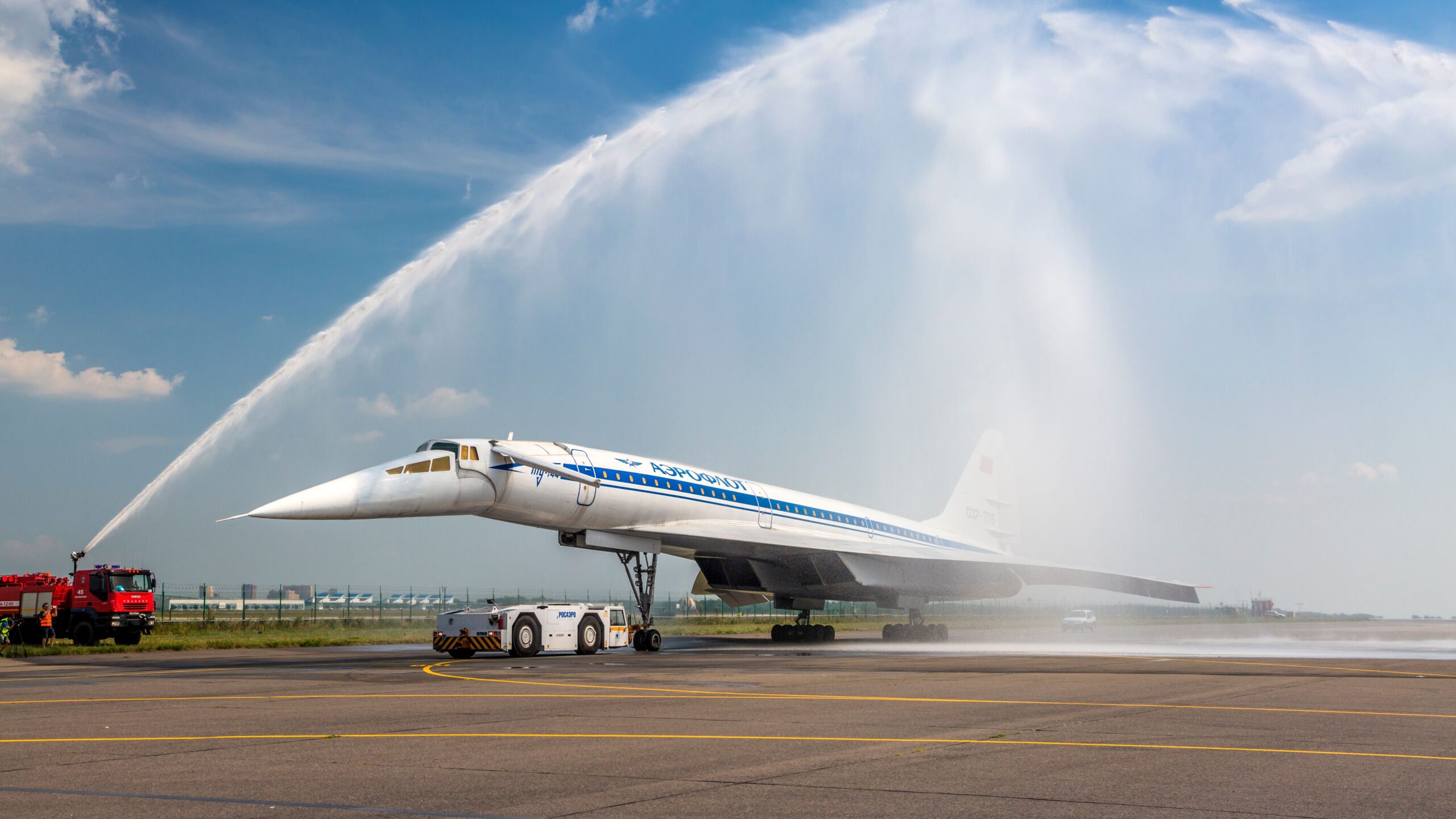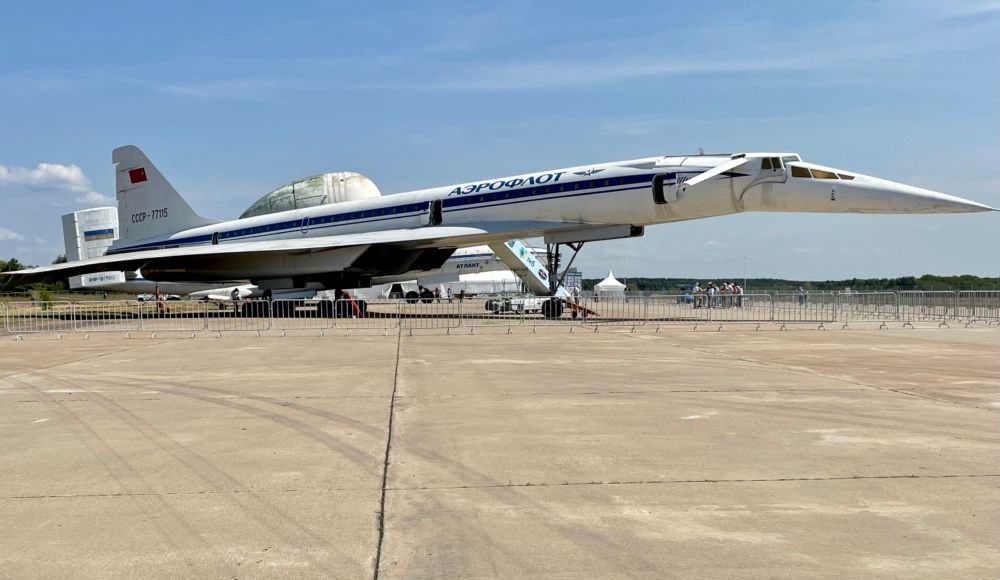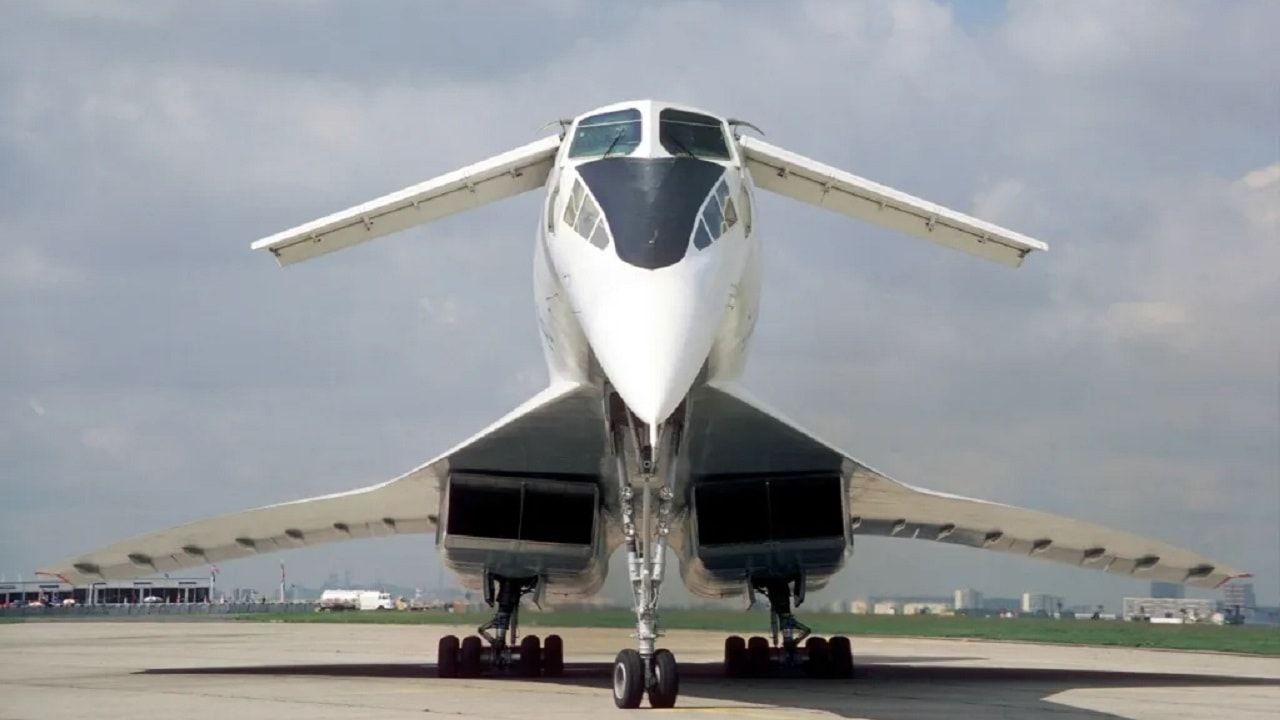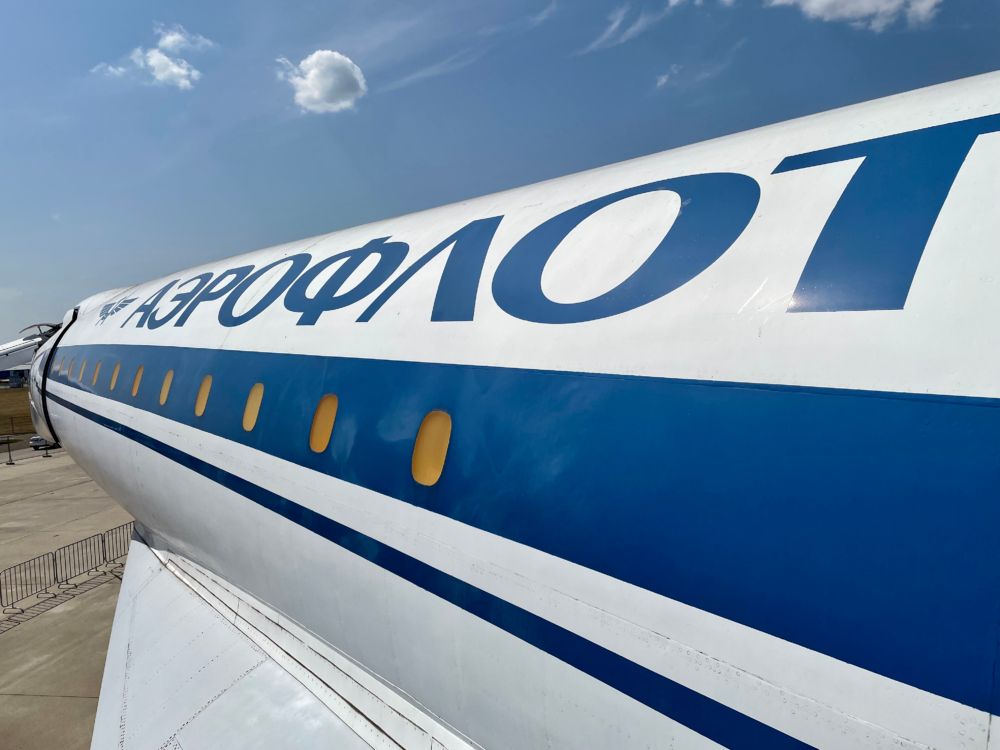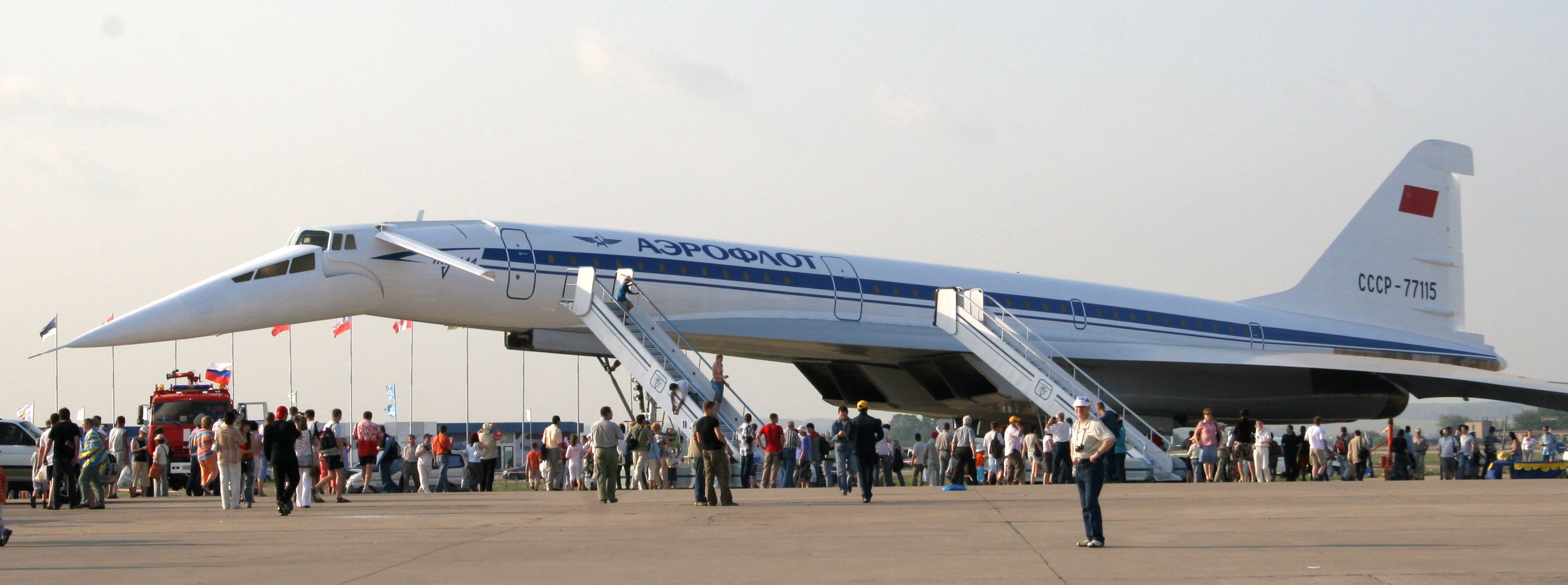Summary
- The Tu-144, the Soviet Union’s first supersonic aircraft, was overshadowed by the Concorde and only operated 55 passenger flights.
- The aircraft was excessively loud, with noise levels reaching 90-95 decibels, making conversation nearly impossible.
- After the Tu-144 program was canceled, the remaining aircraft were repurposed as laboratories for space mission training and high-altitude research.
Having flown for the first time on New Year’s Eve in 1968 from Moscow Oblast’s Zhukovsky Airport, the then-Soviet Union’s Tu-144 was the first supersonic aircraft to grace the skies – kicking off the reality of supersonic commercial flight services. With a top speed of Mach 2.15, the Tu-144 should have left quite a legacy worldwide.
Unfortunately, the aircraft did not fly for long and was often overshadowed by the British-French rival Concorde because of its short lifespan. Let’s shine a light on some of the most interesting aspects of this groundbreaking airplane.
1 It was all about high-speed mail delivery
Russia needed to get between its cities faster
Back during the Soviet Union era, USSR major cities were vast and sparsely populated, which was one of the primary reasons why government officials wanted to make supersonic air travel a reality. But before being used for commercial air services transporting passengers, the Tu-144 was being prepared by flying mail and freight between Moscow and Alma-Ata.
Photo: Sumit Singh | Simple Flying
In 1979, an Aeroflot freight-only service was launched using the long-range variant of the Tu-199 known as the Tu-144D – with the ‘D’ standing for Dal’nyaya, translating to ‘long range.’ With the extended range made possible by the slightly more efficient Kolesov RD-36-51 turbojet engines, Aeroflot could launch longer freight routes from Moscow to Khabarovsk.
2 It operated less than 60 passenger flights
In total, there were 102 commercial flights, but only 55 carried passengers
Despite having made supersonic air travel into a reality inches before the arrival of the Concorde, the Tu-144 was largely a failure and would only operate a total of 102 flights. Of these small numbers, only 55 were passenger-carrying flight services, while the rest were mail and cargo flights, and the last scheduled passenger flight happened on June 1st, 1978.
Since the aircraft could only carry up to 140 passengers, and under the pretense that every flight was full, this meant the Tu-144 would have transported an estimated 7,700 passengers before services were terminated. But considering it’s more likely the load factors were low at the time, the Soviet-made supersonic airliner undoubtedly carried significantly less.
3 Only 16 Tu-144s were built
The first one flew on December 31st, 1986
|
Variant |
Number built |
Reg numbers |
|
Prototype Tu-144 |
1 |
68001 |
|
Pre-production Tu-144 |
1 |
77101 |
|
Tu-144S |
9 |
77102 – 77110 |
|
Tu-114D |
5 |
77111 – 77115 |
Albeit the last scheduled commercial flight for the Tu-144 was in 1978, the production did not wholly cease until 1983. Construction of the aircraft was halted and abandoned when only partially completed at the Voronezh East Airfield. This nearly-completed aircraft would have been registered 77116 and was planned to be a Tu-144D model and the 17th aircraft that would have been certified as airworthy.
Photo: Sumit Singh | Simple Flying
This means before 77716, there were already 16 airworthy Tu-144s built and flying – including the original prototype registered 68001, the pre-production model registered 77101, nine of the Tu-144S with registrations starting from 77102 to 77110, and five Tu-144D models with registrations ranging from 77111 to 77115. Of these 16 produced aircraft, only one is preserved and displayed in Germany, while the remainder are displayed in various cities within the former Soviet Union.
4 The passenger experience was… loud!
Noise levels in the cabin were 90 – 95 dB on average
|
Aircraft |
Cabin noise (dB) |
|
Tu-144 |
90 – 95 |
|
Boeing 757 |
81.5 |
|
Boeing 737 NG |
83.6 |
|
Airbus A320ceo |
82.7 |
|
Embraer E-Jet |
78.7 |
Although the Tu-144 was faster than the Concorde, the Soviet-built aircraft was flawed in other aspects, such as the overall noise produced. Due to the continuous usage of the afterburners for supersonic speeds and the addition of the active heat insulation system used for air conditioning, passengers had to endure an average high noise level of approximately 90–95 decibels within the cabin.
Photo: Sumit Singh | Simple Flying
Even if supersonic flights meant shorter flight times, enduring the excess noise is never a pleasant experience for anyone. Passengers who’ve flown on the Tu-144 have often described how sitting at the back of the aircraft was the worst and considered unbearable, and having a conversation during flight always seemed nearly impossible due to the noise. Even when shouting, those seated one or two seats apart could barely hear each other, and passengers often resorted to using hand-written notes.
5 Some aircraft had a second lease of life as research vehicles
Even NASA has operated the Tu-144
When the Tu-144 program was eventually canceled in 1983, the Soviet government decided to try and salvage the remaining aircraft for future use. Such use included airborne laboratories for space mission training, and in 1985, pilots were using the Tu-144D as part of their preparation for the Soviet Buran Space Shuttle Mission.
A few other produced models were also re-used as biological and research laboratories for high-altitude atmospheric radiological conditions. The government planned for additional research laboratories for the remaining Tu-144s but never saw it through due to a significant lack of funding and the eventual collapse of the Soviet Union.

